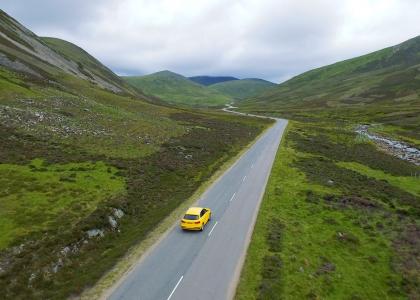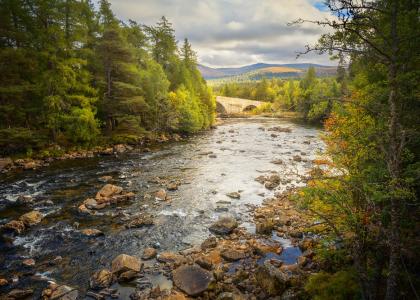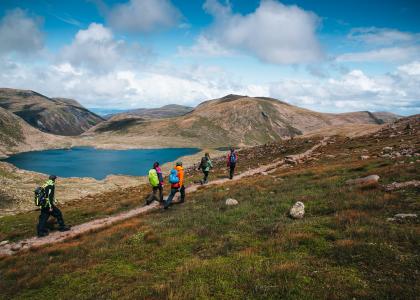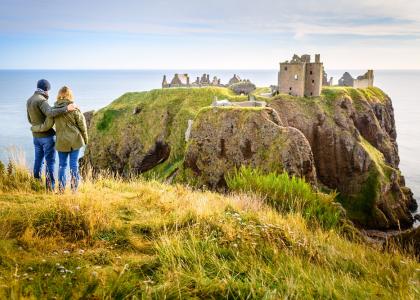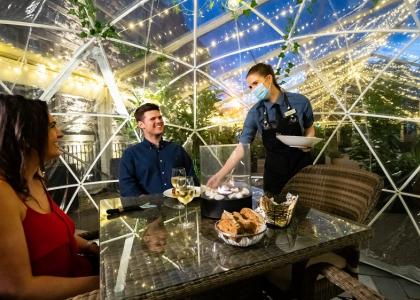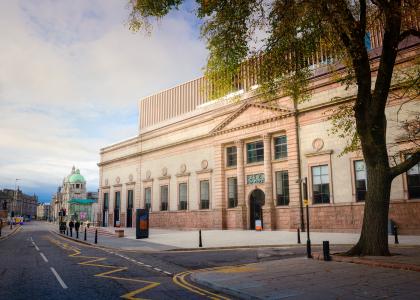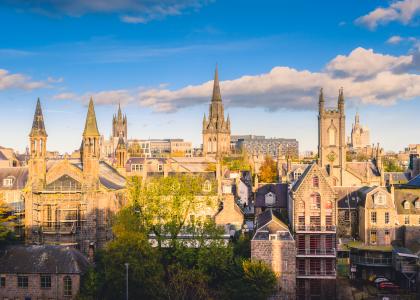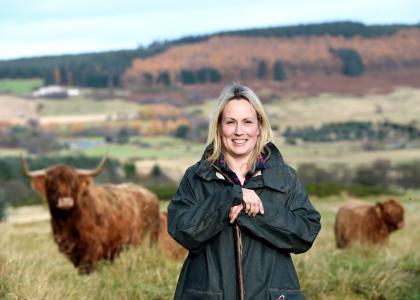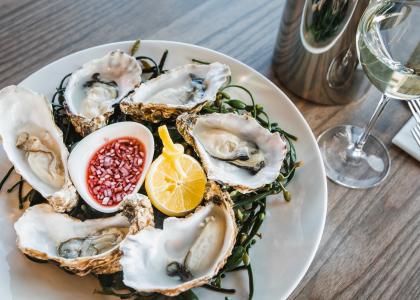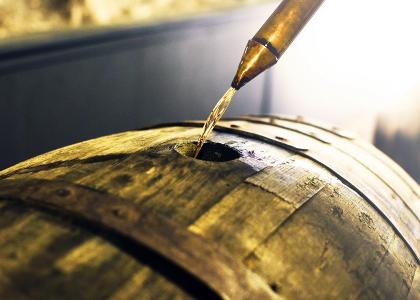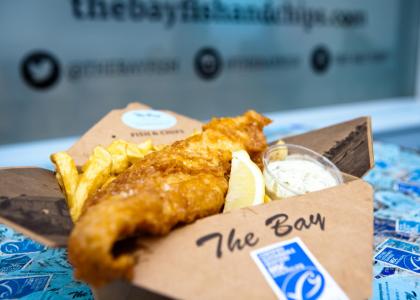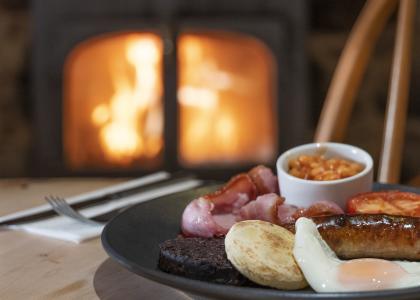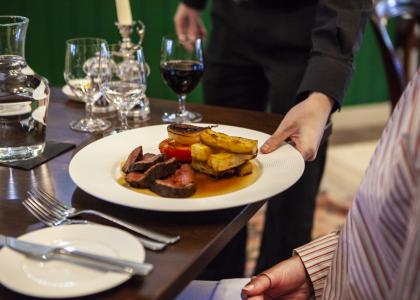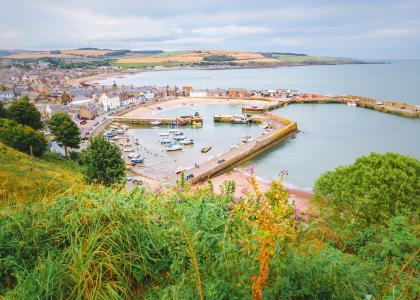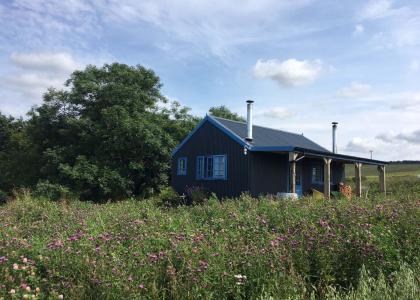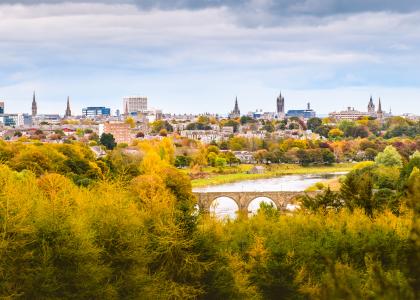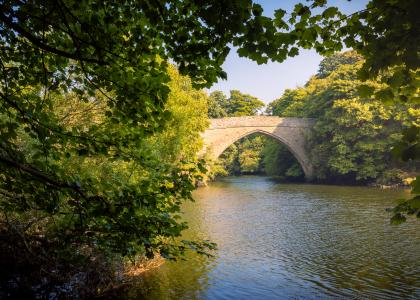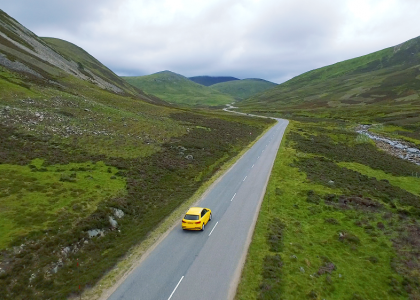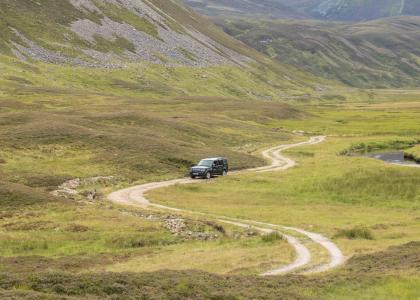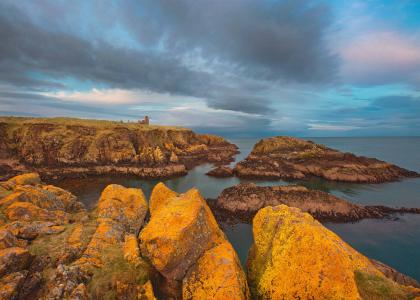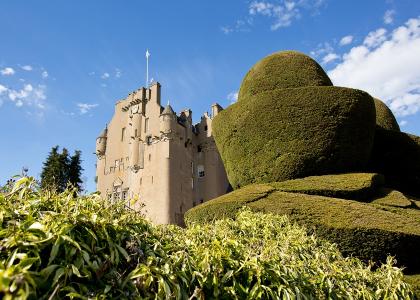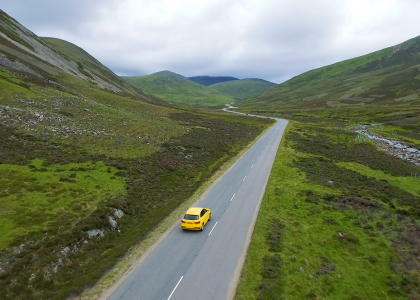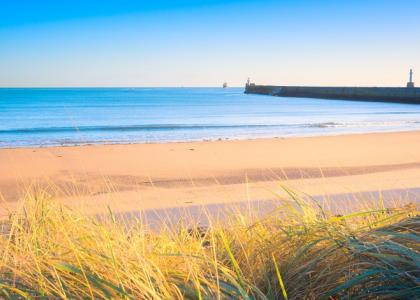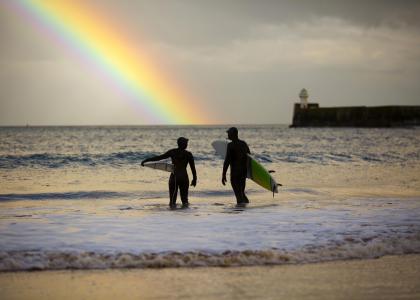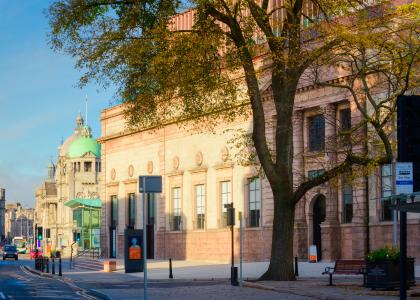Get back to nature ABDN
16 August 2018
Aberdeenshire stretches from “one of the last great places on earth” (the Cairngorms) to “one of the world’s top-rated coastlines”, so says National Geographic. And in this natural playground you can expect to see some of Scotland’s wildest nature and wildlife.
Did you know that Aberdeen and Aberdeenshire are home to the world’s largest dolphins? In the city, spot these urban dolphins leaping in the harbour mouth. The best place to catch a glimpse of these majestic animals is from Torry Battery and from April to August RSPB Dolphinwatch is onsite to guide your viewings.
Along the Banffshire coast, also known as ‘Scotland’s Dolphin Coast’, there is a population of around 130 bottlenose dolphins. Top tip: take to the seas on a special charter cruise to get up close to the spectacular sealife.

It’s not just dolphins that grace our vast shores, but seals, whales, birds and land-based animals too. In spring and summer the Ythan is alive with the calls of the largest population of eider ducks in the UK whilst hundreds of grey seals bathe at the mouth of the estuary!
To spot fascinating seabirds head to the RSPB reserves at Troup Head (seabird city) or the Loch of Strathbeg. Troup Head is home to Scotland’s only mainland colony of gannets - you’ll also see thousands of guillemots, razorbills and puffins. In winter, thousands of wild geese, swans and ducks fly in to Loch of Strathbeg, including around 30,000 Pink-footed geese which roost on the reserve.

Believe it or not, puffins don’t go a miss here either. The dramatic cliffs at the Bullers of Buchan are where many have been lucky enough to get up and close to Aberdeenshire’s puffins!
Encircled by mountains find Royal Deeside’s great estates, ancient Caledonian forests and well-stocked rivers. These natural settings home even more of Scotland’s favourite wildlife.
A spectacular sight to see to see from September – November and February - March is the determined salmon leaping up the Falls of Feugh as they make their way upstream to spawn. And in late summer and autumn, rare golden eagles can be spotted on the wide horizons of upper Royal Deeside.
Tread carefully to spot the rare protected capercaillie, pine marten and red squirrel. Scotland’s largest wild land animal, red deer and stags (male deer) can be found in the heart of the countryside too. You can spot herds of deer as the hinds (female deer) live in groups and spend their whole lives in the same area.

To really see this wildlife in its natural habitat take an estate safari with an experienced local guide. The tour will take you to places which can’t be reached by foot - up to the impressive hills of the Glen Tanar Estate with views for miles across the glens.
Start planning your own escape now at www.visitabdn.com.

